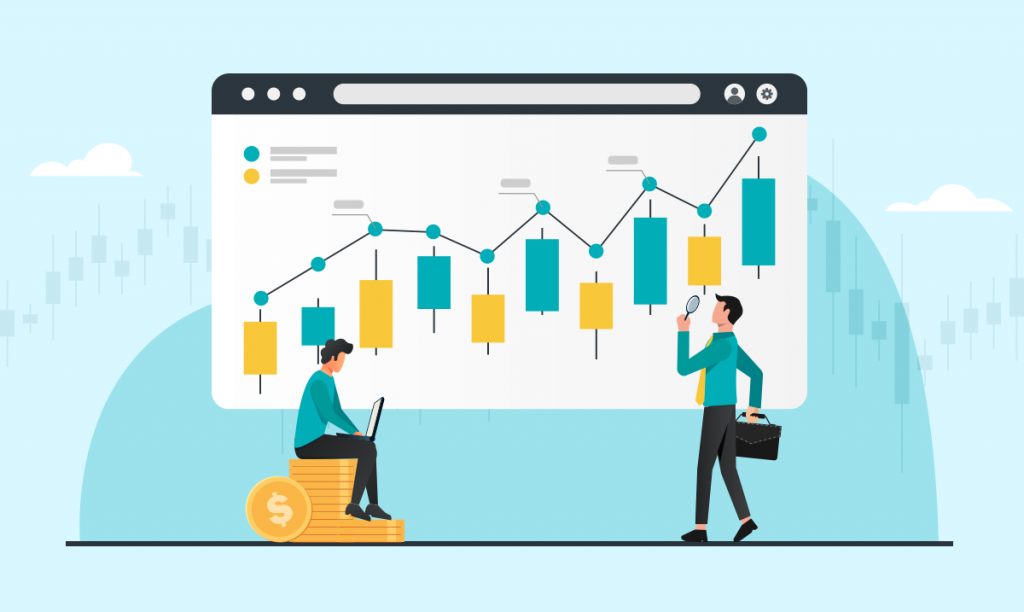Beyond the Crystal Ball: Evaluating Futures Trading Performance

The dynamic world of futures trading is akin to a high-stakes poker game played on a macroeconomic chessboard. It’s a domain where fortunes are made and lost, filled with thrill-seekers, cautious strategists, and, increasingly, algorithmic wizards. For anyone stepping into the arena, navigating the complexities is critical. But once the trades are done, how do you evaluate your performance beyond mere profits and losses? This blog post explores the metrics and methods to ascertain a clearer picture of your futures trading review success.
The Paradox of Profit and Loss
Profit and loss (P&L) is the first port of call for any trader. All trading decisions ultimately boil down to these fundamental metrics. However, they are not the sum total of your performance. Judging your trading success solely by P&L is akin to evaluating a full-length movie based on a 5-second trailer. Profit and loss alone are insufficient indicators of the quality of your trading decisions, risk management, and the realization of your trading strategy’s potential.
Understanding the Trades Inside Out
Each trade is a story. It comes with a history, a rationale, and an outcome. Every successful trader knows the importance of dissecting their trades to identify what worked and what didn’t. An intraday loss, for instance, might be part of a larger positive expected value if it helped avoid a potential catastrophic trade later on. Likewise, a seemingly profitable trade may have exposed you to more risk than you were aware of. Analyzing the details of every trade can present individual lessons valuable for the future.
Risk-Adjusted Returns
When evaluating performance, one must never forget the element of risk. Return on investment is a critical measure, but it’s greatly enhanced when you consider the amount of risk undertaken to achieve it. Tools like the Sharpe ratio, the Sortino ratio, and the Information ratio normalize returns by volatility, enabling a more informed comparison of outcomes across different strategies and market conditions.
Setting Your Sights on Consistency
Consistency is the hallmark of seasoned traders. The ability to generate returns methodically and predictably is a sign of a robust trading system. But how does one quantify this elusive trait?
The Power of the Data Pool
Building a substantial data pool from your trades is essential. This can be done by logging every transaction, noting the market conditions, and keeping a record of the emotional state during the trade. With enough data, you can start to analyze your win rate, frequency of trades, and whether there’s any seasonality to your success or failure.
Longevity and Market Adaptability
A successful trade is not one that makes a quick, big profit. It’s a trade that signals the sustainability of your strategy over time and across different market conditions. Evaluating the longevity and adaptability of your rules over varied market regimes (trending, choppy, volatile) is a crucial step in understanding your capacity for consistent performance.
A Lighthouse in the Trading Fog
To chart your course in the turbulent waters of futures trading, you need a compass. This compass comes in the form of objective analysis. It’s the data, the tools, and the frameworks that peel back the layers of your trading activity, revealing insights you might otherwise miss.
The Role of Technology
In today’s trading environment, the role of cutting-edge technology cannot be overstated. Tools for backtesting, simulation, and sophisticated data analytics provide a clarity unachievable by gut feel alone. By leveraging these advancements, you can quantify the edges in your strategy and eliminate inefficiencies.
Seeking Mentorship and Community
No trader is an island. Seeking mentorship and being part of a trading community can provide the perspective and feedback necessary for improvement. Experienced mentors and fellow traders can suggest angles to your analysis that you hadn’t considered and, ultimately, help you refine your approach.
In conclusion, the evaluation of your futures trading performance goes well beyond dollars and cents. It requires a nuanced understanding of the many factors at play and a commitment to continuous learning and improvement. By breaking down your trades, understanding risk-adjusted returns, striving for consistency, and availing yourself of the right tools and advice, you can establish a clear benchmark for your performance and direct your future trades with greater confidence and precision.










